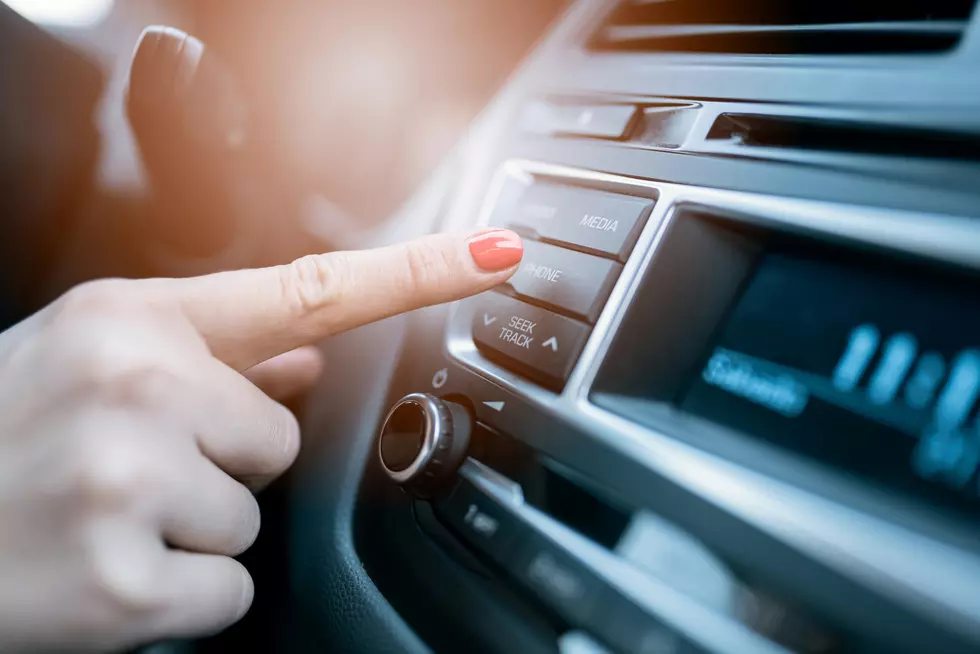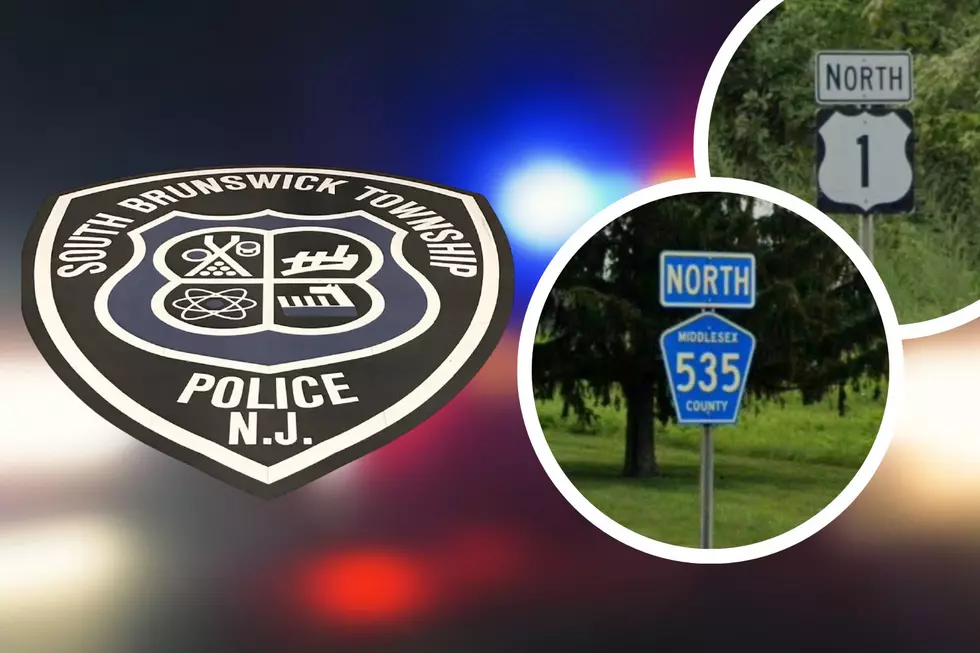
AAA study: Drivers too willing to abandon responsibility to technology
Motorists using driving assistance systems tend to overlook safety limitations when the branding and marketing used to suggest an "automated" driving experience, according to new research from the AAA Foundation for Traffic Safety.
Researchers find consumer information that stresses convenience and capabilities while minimizing limitations can inflate expectations regarding what the system can handle.
Robert Sinclair Jr., manager of media relations at AAA Northeast, said 90 research participants received a brief overview of an active driving assistance system with a realistic but fictitious name. Half of the participants were told their system was called "AutonoDrive," which emphasized the system's capabilities and driver convenience. The other half were told their system was named "DriveAssist," which placed greater emphasis on the system's limitations and driver responsibility.
The survey found 42% of those who used AutonoDrive felt comfortable doing distracting activities behind the wheel such as eating and talking on a handheld cell phone. Fewer drivers with DriveAssist (11%) believed that they could engage in these activities.
More than half of those who used AutonoDive believed the system would automatically reduce speed on a tight curve without the driver doing anything compared to 27% of those who sued DriveAssist.
Sinclair said AAA is using these results to inform car manufacturers that they need to be more careful with how they market these systems and how they name them. When drivers hear names like "autopilot" they think the cars will drive themselves and that's simply not true.
He said consumers and manufacturers need to understand and appreciate what the limitations of these systems are. People need to experiment with these systems and see how they would really operate in the real world.
Drivers should never rely 100% on these drive assist systems, added Sinclair.
"The most important safety device sits behind the steering wheel in any vehicle. There is no substitute for a fully engaged and alert driver," he said.
Many of these systems promise to do certain things but various tests AAA has done have discovered they are not 100% effective, which means a driver must stay alert.
Sinclair finds it alarming that people think these systems have capabilities that they simply do not have. People are sort of handing over the responsibility of being safe to technology and abandoning it.
"We're not there yet," he added.
Next year, automatic emergency braking is going to be standard equipment on all new vehicles. But he said that this could open up a whole new can of worms if consumers don't understand the system.
UP NEXT: Thank you, frontline workers
More From New Jersey 101.5 FM









